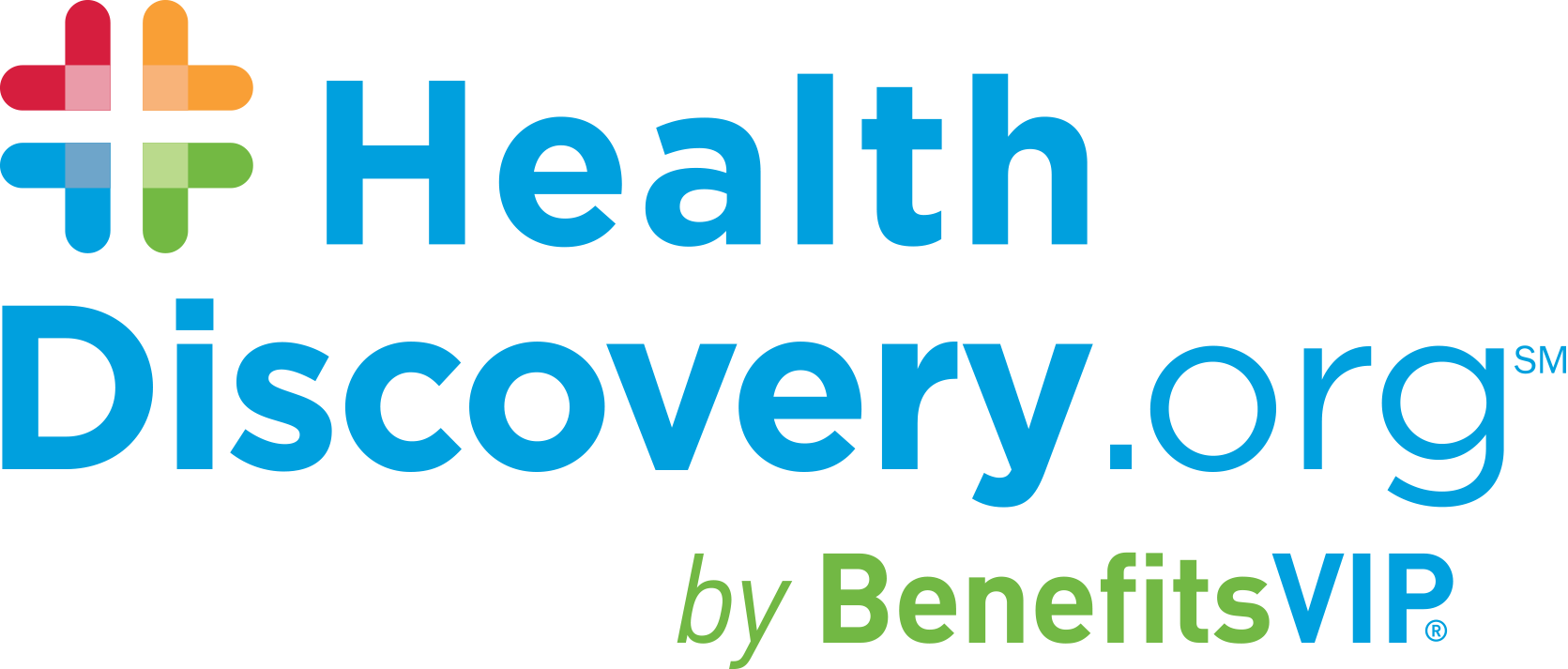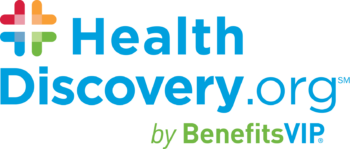The scariest part about heart conditions is their silence. They often lurk in the background unannounced, and for too many people, the first sign is a heart attack. That’s why I was so intrigued when my doctor recommended a coronary calcium scan. Like many people, I hadn’t heard of it, but the quick, noninvasive test helped determine my risk for heart disease and heart attack and provided important information for making decisions on my heart health and treatment.
Over time, cholesterol, calcium and other materials can collect on artery walls forming plaque. This can happen for a while before there’s any sign of a problem, but it can definitely become one.
What to Expect With a Coronary Calcium Scan
The scan itself was very easy. Mine was over in 10 minutes. I lied on a table that slid into an open scanning chamber. Unlike an MRI, my head was outside the whole time. I didn’t feel claustrophobic. The scanner made some convincing mechanical hums to assure me it was taking a thorough look at how much plaque was in my arteries.
If the plaque gets too large, it can narrow the arteries making it more difficult for blood to flow to the heart. It can also create blood clots that can cause heart attacks or strokes. My goal is to avoid all of those bad things, and the results would help me do that.1
Who Needs a Coronary Calcium Scan?
People with a borderline risk for heart disease, like me, are prime candidates for a coronary calcium scan and stand to benefit the most from the information in the results.
Instead of putting a patient on preventive medication with added costs and possible side effects – not to mention one more medication to remember – the scan provides precise information of heart disease risk based on the plaque.
In my case, it helped my doctor determine my risk and how aggressive to be with treatment.
The test is recommended for patients ages 40-70 at increased risk for heart disease but without symptoms. This includes those with a family history of heart disease, those with conditions like high cholesterol, diabetes or high blood pressure, and current or former smokers.
What Do the Results Mean?
After analyzing the results of the scan, your doctor will determine the “Agatston” score which ranges from zero to 400+. This represents calcium and plaque in the heart and the associated risk of heart attack and heart disease.
According to the Mayo Clinic:
- “A score of zero means no calcium is seen in the heart. It suggests a low chance of developing a heart attack in the future.
- A score of 100 to 300 means moderate plaque deposits. It’s associated with a relatively high risk of a heart attack or other heart disease over the next three to five years.
- A score greater than 300 is a sign of very high to severe disease and heart attack risk.”2
My doctor considered this score along with other factors specific to me like cholesterol and blood pressure to determine my risk and the right treatment.
What’s the Catch?
The coronary calcium scan may sound too good to be true, and for the right patients, it can be very valuable. But while the procedure is quick and low risk, it may not be worthwhile for everyone. For people with a clear heart disease diagnosis, the scan is unlikely to provide any new information. Of course, people without any risk factors of heart disease probably won’t learn anything new either.
Most insurance plans don’t cover this test. Mine didn’t, but my doctor and I agreed that the information was important for my situation and treatment. These tests typically cost $100-$400. Since I would be paying out of pocket, I contacted my organization’s employee benefits advocacy team to fully understand my costs.
Organizations like the American Heart Association see the test as a beneficial and cost-effective tool in cardiac care. They are advocating for insurance carriers to cover the test as part of preventative screening for at-risk patients.3
Depending on your risk factors, there may be cheaper options to evaluate your heart disease risk. Inexpensive blood tests can monitor your cholesterol. Blood pressure monitoring may provide similar information and is basically free, requiring only a few minutes a day.
Overall, the test was a smart choice for me. It helped me understand my risk and choose the right level of treatment to manage it. There was an out-of-pocket cost, but it’s small compared to the future costs the test has likely helped me avoid. And the peace of mind it provided regarding my risk is, of course, priceless.
1 Mayo Clinic, “Heart scan (coronary calcium scan)”
2 Mayo Clinic, “Heart scan (coronary calcium scan)”
3 American Heart Association, “Expanding Coverage of Cardiac Computed Tomography for Calcium Scoring”














